With the right preparation, hiking in the rain can be a great chance to explore your favorite trails in a new light, and with a whole lot less people to crowd your experience. Rain deters the casual walker and hiker, but for the properly prepared, rain is nothing but nature turning on a mister to cool you down as your push forward. To help you feel confident about your hikes, even if there’s a chance of rain, we’ve compiled a few tips and tricks that’ll ensure you enjoy your hike:
- Clothing: Making sure you’ve got the right clothing for your hike will save you plenty of trouble. Layer clothing, paying attention to rain preparation.
- Lightweight: Many brands offer lightweight, foldable rain jackets that weigh very little, are durable, and can be folded up into a daypack or backpack without much hassle. Alternatively, small ponchos are great options and easy to throw into your pack or even a water bag like a Camelback or Platypus. The less the item weighs, the less you’ll notice it in your pack while still being confident that you’ll stay dry if rain does make an appearance.
- Brightly-Colored: Weather makes it increasingly hard to see when you’re outside. Brightly colored outwear is easy to spot and can help groups stay together in times of low visibility.
- Synthetic (Avoid cottons): This is crucial for items that are worn directly on the skin (underwear, t-shirts, socks, pants). Cotton holds in water, including sweat, and will lower your body temperature. If you’re being treated from hypothermia, emergency workers will remove all cotton undergarments. Go with wicking materials that will help keep moisture down and avoid the chills.
- Breathable/Vented: Even the most well-ventilated shell jacket will lose its breathability when wet. This is why these jackets have vents that can be opened. Ensure that your outermost layer gives you the ability to breath, even when it’s raining.
- Spare Clothing: If you’re only hiking for a short time, you aren’t going to want to carry a whole day’s worth of dry clothes on your back. However, you may want to leave a set in the car for your return journey after your hike. For the hike, make sure to pack extra socks and pay special attention to blister prevention. If you notice your socks get wet or your feet start to prune, put your fresh pair of dry socks on. You can also use salves to keep your feet from drying out.
- Waterproof: If there’s precipitation, there’s going to be water. Make sure you and your gear stay dry.
- Pack Cover: Most of the brands that make daypacks and backpacks also make rain covers that are fitted to the pack. Some are event built into the pack, easily accessible in times of need as they are already attached. You can also find generic-fitting ones at most outdoor stores. In a pinch, you can use a garbage bag. This will keep your pack and its contents wet while you’re hiking.
- Bags/Containers for regularly used items: Maps, Phones, Compasses, etc. are regularly use along the trail. To avoid having to open your pack each time, carry these in an easily-accessible ziplock baggie. Your items will stay easy to use and dry.
- Boots/Garbage Bags: If your boots aren’t waterproof, try to find water-resistant spray and avoid submerging your feet in any puddles along the trail at all costs. Additionally, you can use garbage bags or grocery bags as waterproofing by putting your feet inside your socks and then sticking your entire foot in the bag before putting it in your boots.
- Keep Dry Things Dry: Seems obvious, but if you find a dry area or have dry items, don’t combine them with your wet gear.
- Avoid opening bags: Since your gear is covered, you have to undo that protection each time you open your pack. Try to minimize the amount of times you open your waterproof gear and containers.
- Keep regularly used items handy: As mentioned above, having a small container or baggie for your most-used items will keep them dry and avoid you having to open your pack regularly.
- Tarps/Rope: If you’ve got room, carrying a small tarp and some rope or twine will allow you to create a makeshift shelter for rest breaks along your trail.
- Hammocks: If you’ve set up a tarp or find a shelter, you may want to sit down to rest. Finding a dry spot can be hard, and hammocks are a great option for dry seating in wet weather. Just make sure you’ve got some sort of cover above your hammock to keep it dry.
- Tidbits: Optional/essential items depending on your hike.
- Flashlight: If clouds roll in, it can get dark fast. Having a headlamp or flashlight with you can be very helpful, even in the middle of the day.
- Bandana: Lightweight and quick-to-dry, bandanas are great for wiping down gear, yourself and have a variety of functions along a hike.
- Pocket Knife: Great for cutting your tarp’s ropes, whittling sticks for timber for a fire, and countless other functions.
- Weatherproof Lighter: Whether you’re smoking, lighting a fire, or fusing a rope, wet weather can damped those efforts. Investing in a weatherproof lighter can save you time and hassle.
- Hand Warmers: The weather can change rapidly. Often, our extremities are what get coldest first, especially when wet. Having hand warmers in your pack can be a great source of relief for cold fingers and toes.
There are countless tips for dealing with the weather when enjoying the great outdoors. The basics are to pay attention to your clothing and outwear, pay attention to waterproof options, and keep dry things dry. It should be obvious that you should constantly reassess your situation; if you’re cold, add a layer or eat something, and if you think the weather is only getting worse, make sure to check forecasts (when possible) and be willing to forego your destination in favor of setting up a temporary tarp-shelter on the side of the trail to warm up and dry off.
Happy hiking!

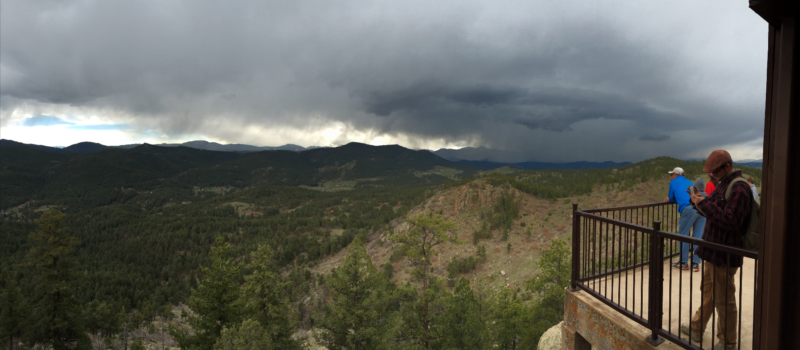

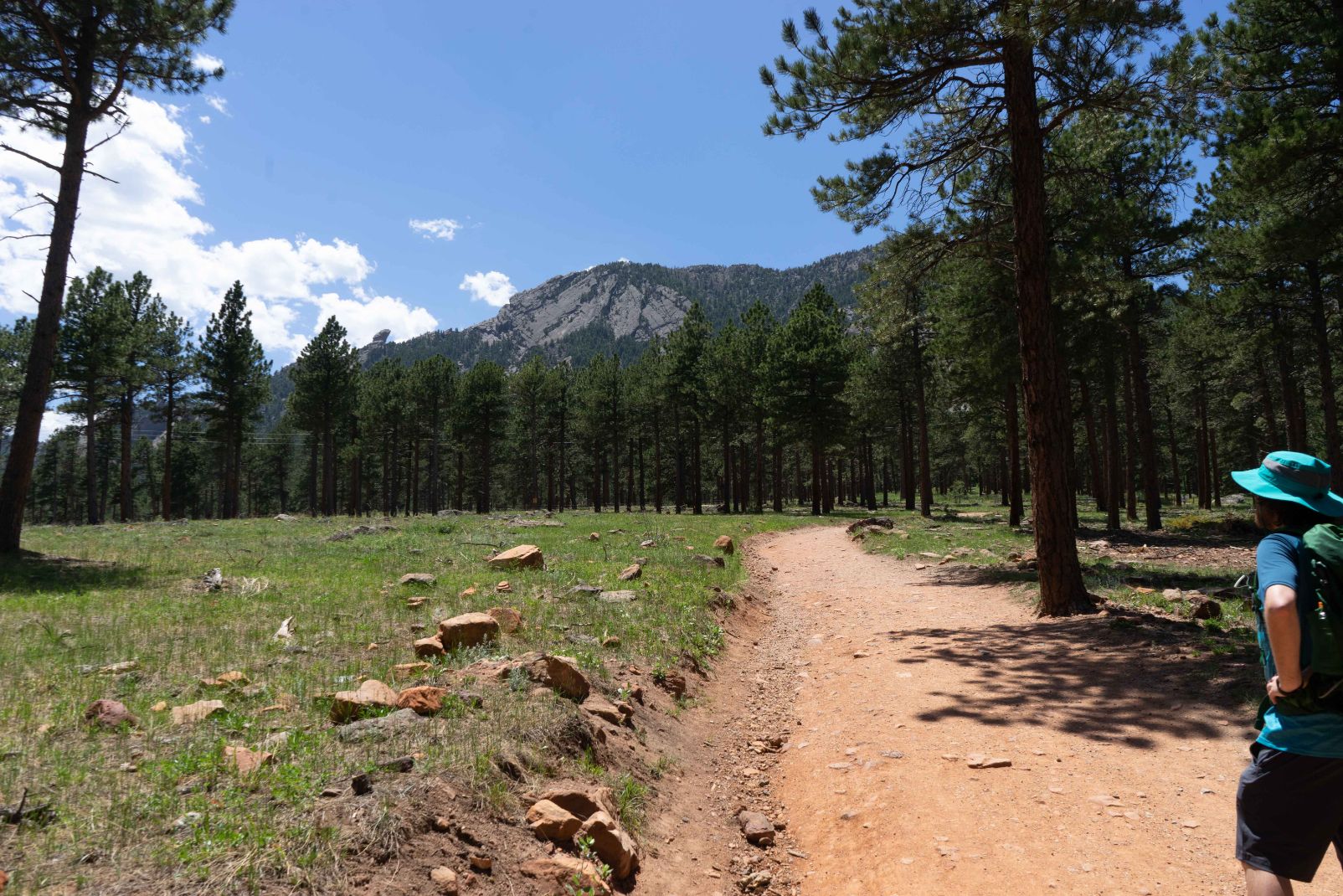
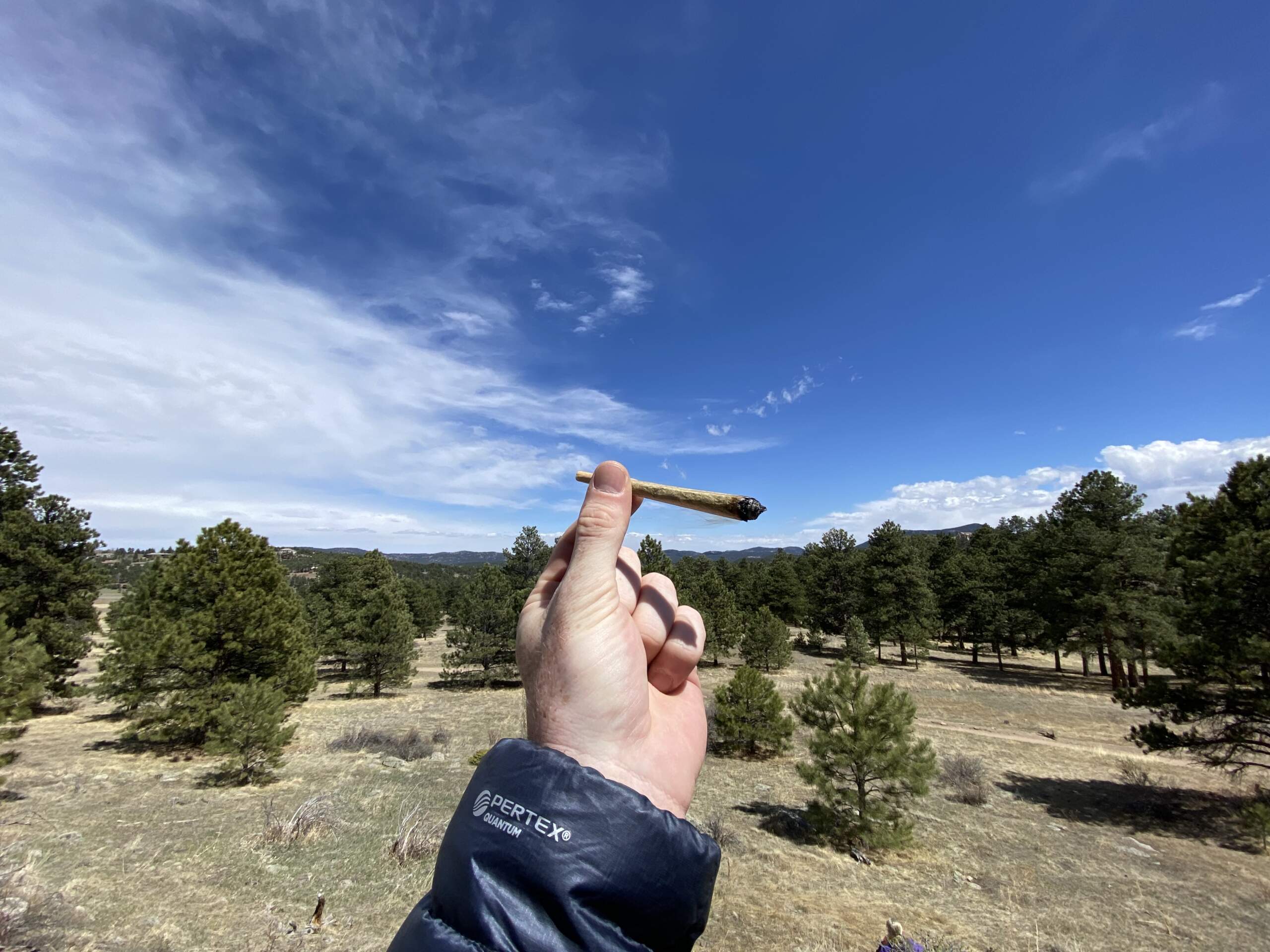
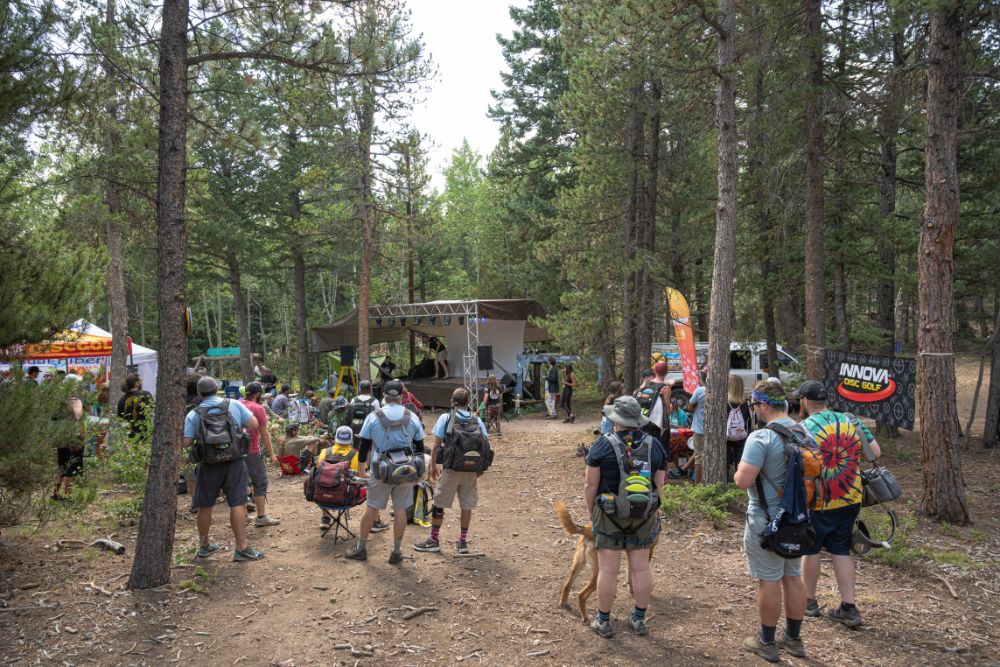
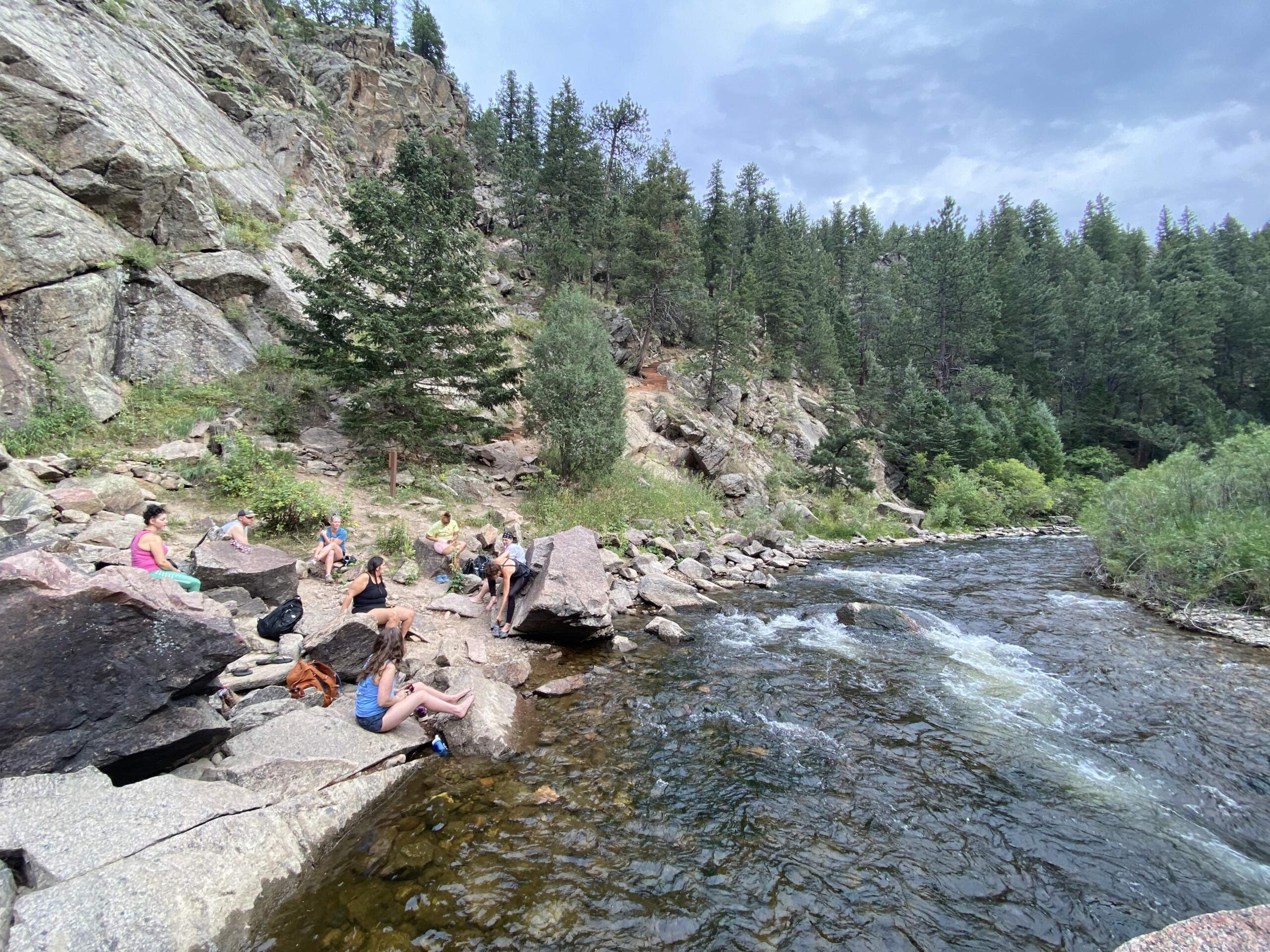

Leave A Comment